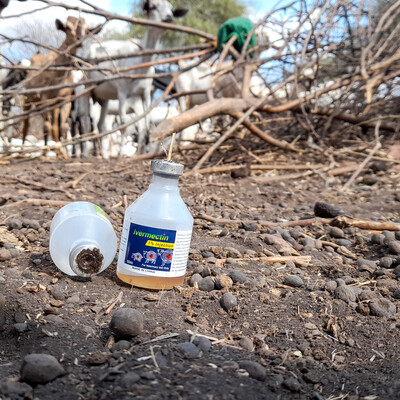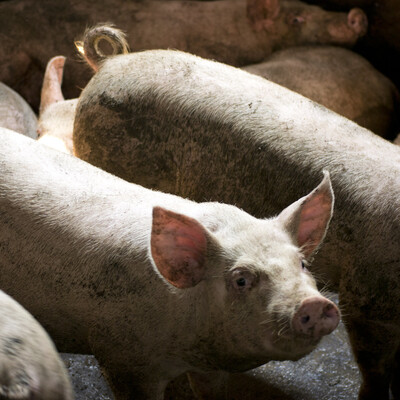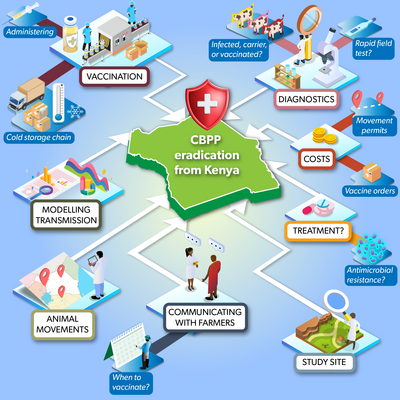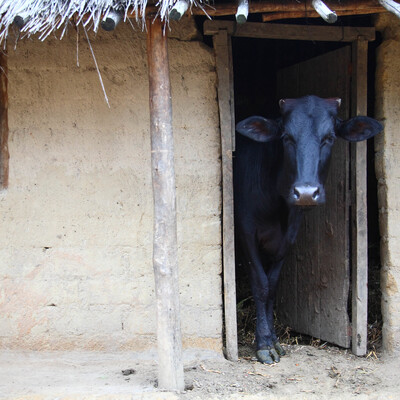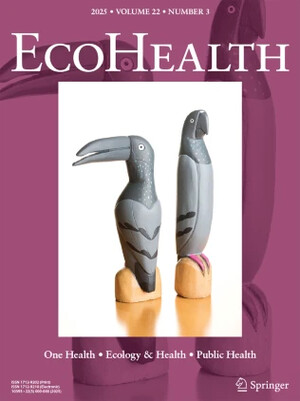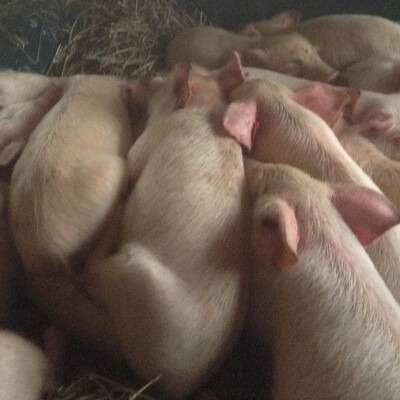
Livestock fact check – what’s behind the data behind facts on livestock development?
 There are many opinions about the merits and risks of livestock keeping. Livestock provide livelihoods and jobs for millions of people, they provide essential nutrients in human diets, they act as mobile assets for poor people, and they drive economic growth and development. They also carry diseases that can harm people, their food products can pose risks to food safety and eating too much of the wrong type can be bad for human health. Their production is also a major contributor to climate change thorugh greenhouse gas emissions.
There are many opinions about the merits and risks of livestock keeping. Livestock provide livelihoods and jobs for millions of people, they provide essential nutrients in human diets, they act as mobile assets for poor people, and they drive economic growth and development. They also carry diseases that can harm people, their food products can pose risks to food safety and eating too much of the wrong type can be bad for human health. Their production is also a major contributor to climate change thorugh greenhouse gas emissions.
Facts and data on these issues are often hard to pin down. A set of fact sheets from the Supporting Evidence Based Interventions (SEBI) project at the University of Edinburgh aims to inform discussion and decisions by providing robust, up-to-date and appropriately interpreted facts about some of the big questions.
The first set of fact sheets were released today and announced at a webinar with some of the key people involved.
Download the first fact sheets in the series:
- Livestock and livelihoods: Do livestock support the livelihoods of around one billion poor people globally? LD4D Livestock Fact Check 1. http://hdl.handle.net/1842/30114
- Livestock and economy. Does the livestock sector make up 40% of total agricultural GDP globally? LD4D Livestock Fact Check 2. http://hdl.handle.net/1842/30115
- Livestock and zoonotic disease: Of emerged human disease epidemics, have 75% been of animal origin? And overall, are 60% of human pathogens zoonotic? LD4D Livestock Fact Check 3. http://hdl.handle.net/1842/30116
- Livestock disease eradication: The control of livestock diseases, with eventual eradication, is desirable. But following the global effort to eradicate Rinderpest, can we quantify the benefits as being worth billions of dollars? ? LD4D Livestock Fact Check 4. http://hdl.handle.net/1842/30117
Post by Peter Ballantyne






